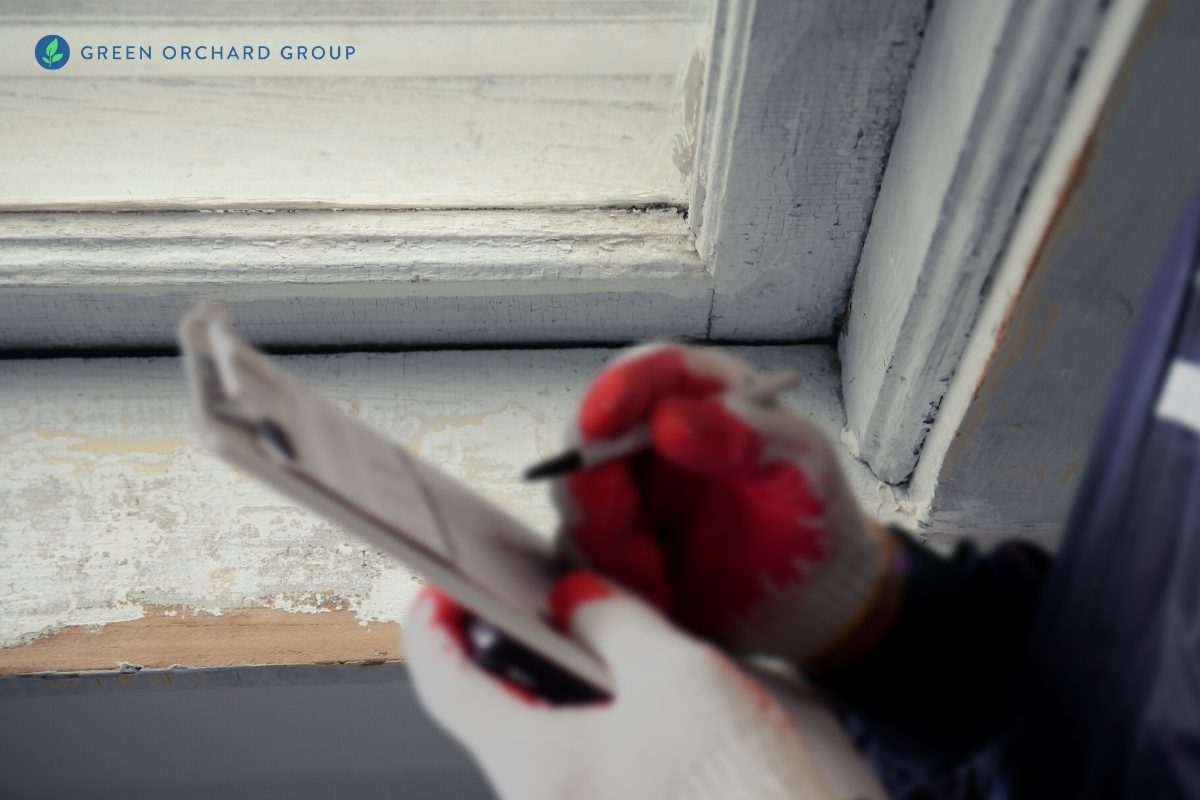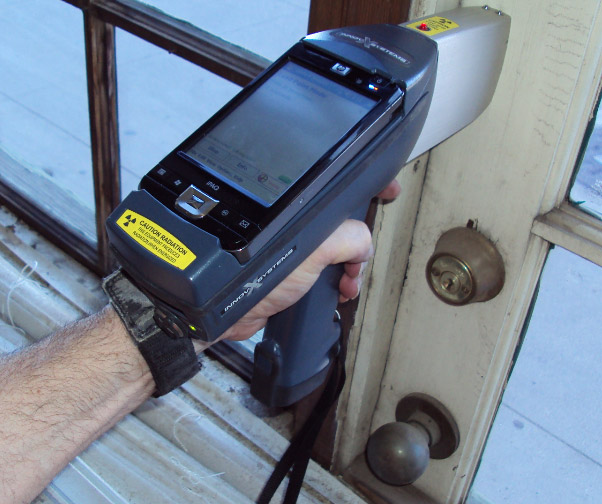Essential Devices and Approaches for Reliable Lead Offense Cleaning
Resolving lead offenses successfully necessitates an extensive method that blends the right tools with critical techniques. The initial step includes gearing up workers with Individual Protective Equipment (PPE) to safeguard their wellness. Simultaneously, the use of specialized cleanup devices, such as HEPA vacuums and lead-specific cleaning representatives, is critical for detailed impurity removal. Effective control methods, including plastic bed linen and negative air pressure systems, are important to stop the spread of dangerous materials. Risk-free disposal techniques and stringent adherence to regulative guidelines make certain accountable handling of hazardous waste. However what are the nuanced methods that absolutely make a difference?
Individual Safety Tools
Individual safety devices (PPE) is an important element in the effective monitoring of lead contamination cleaning. PPE functions as an important barrier, safeguarding workers from the harmful impacts of lead exposure, which can cause extreme health effects. The vital PPE for lead clean-up includes respirators, safety apparel, handwear covers, and eye security. Each kind of devices is particularly developed to mitigate various risks related to lead bits and dust.
Respirators, especially those outfitted with HEPA filters, are essential for filtering system airborne lead fragments, protecting against breathing. Safety clothes, consisting of coveralls and disposable fits, avoids lead dirt from sticking to workers' garments, minimizing the danger of secondary contamination.
Additionally, strenuous training on the proper usage and maintenance of PPE is crucial. Workers need to be educated on donning and doffing procedures to avoid contamination. Normal evaluations and substitutes of PPE elements are necessary to maintain their safety capabilities, ensuring a secure and compliant cleaning operation.
Specialized Cleaning Devices

Another important device is the wet/dry vacuum, which can efficiently clean up both dust and liquid contaminants. These vacuum cleaners often feature HEPA filters to offer an extra layer of safety and security. Damp wipes or tack fabrics are also important for surface cleansing; they are especially developed to catch and hold lead fragments, lowering the risk of spreading out contamination.
For even more stubborn deposits, specialized lead-removal cleansing representatives are needed. These agents are developed to damage down lead bits, making them much easier to remove. Scrub brushes with sturdy bristles can help in this process, particularly on harsh surface areas where lead dust has a tendency to adhere extra strongly.
In addition, encapsulants are used to seal lead-contaminated surfaces, preventing the launch of lead dirt. These specialized paints and layers are created to abide by various substrates, supplying a long-term option for lead containment.
Efficient Containment Approaches
Reliable control approaches are essential in mitigating the spread of lead contamination throughout cleaning tasks. Executing durable containment he said techniques makes certain that lead bits do not move to unaffected areas, thereby safeguarding both workers and the environment (DOH & HPD Lead Violation Removal NYC).

To enhance control, encapsulants can be put on surface areas that are not being eliminated or disrupted. These specialized layers bind lead dust, reducing its schedule for resuspension. Furthermore, all workers should wear appropriate Individual Safety Tools (PPE), including respirators and disposable suits, to avoid contamination spread.
Safe Disposal Practices
Making sure safe disposal techniques is a crucial element in the monitoring of lead contamination clean-up. Proper disposal alleviates the danger of lead coming back the setting and jeopardizing public wellness. The very first action is to identify and set apart lead-contaminated waste from other products. Safe containment making use of durable, leak-proof containers is necessary to prevent splilling during transport.
Transporting lead waste calls for adherence to rigorous guidelines. Utilizing certified unsafe waste providers guarantees go to website that the materials try here are handled responsibly. Documents, consisting of manifests detailing the kind and quantity of waste, should accompany shipments to track the waste from the website of origin to its last disposal destination.
Designated hazardous waste disposal centers are equipped to manage lead-contaminated products securely. These facilities usually employ advanced techniques such as stabilization, solidification, or chemical treatment to neutralize the lead before disposal. Landfilling in specialized, lined areas that prevent leachate from infecting groundwater is a typical practice for last disposal.
Routine training for workers included in lead waste disposal is vital to maintain safety and security standards and prevent unintentional direct exposure. By sticking to these methods, companies can significantly reduce the ecological and health and wellness influences related to lead contamination.
Regulatory Compliance Tips

Sticking to regulatory compliance is vital in the effective implementation of lead contamination clean-up. Comprehending and following government, state, and neighborhood laws makes sure not just the safety and wellness of people but additionally the legal and economic wellness of the cleanup organization. The Epa (EPA) sets rigorous standards, such as the Lead Restoration, Repair Service, and Paint (RRP) Rule, which mandates proper qualification and training for service providers managing lead-based tasks.
Conformity starts with a thorough analysis of relevant legislations and guidelines. Organizations has to remain updated on any kind of legislative adjustments, which can be promoted with regular training sessions and signing up for industry updates. Documents is another crucial compliance element; preserving in-depth records of all activities, including inspection records, employee training logs, and disposal manifests, is important.
Furthermore, engaging with certified lead assessors or risk assessors ensures that lead threats are properly recognized and reduced. Employers need to enforce using Individual Protective Equipment (PPE) and make sure that security methods are strictly complied with. Finally, transparent interaction with stakeholders, including employees, clients, and regulative bodies, will certainly promote a culture of compliance and liability, eventually contributing to a safer and much more effective lead cleaning procedure.
Final Thought
Efficient lead infraction cleanup demands the combination of specialized tools and critical techniques to ensure safety and efficacy. Individual protective tools (PPE) safeguards employees from direct exposure, while safe disposal methods and stringent adherence to regulative conformity are important for sensibly handling hazardous waste.